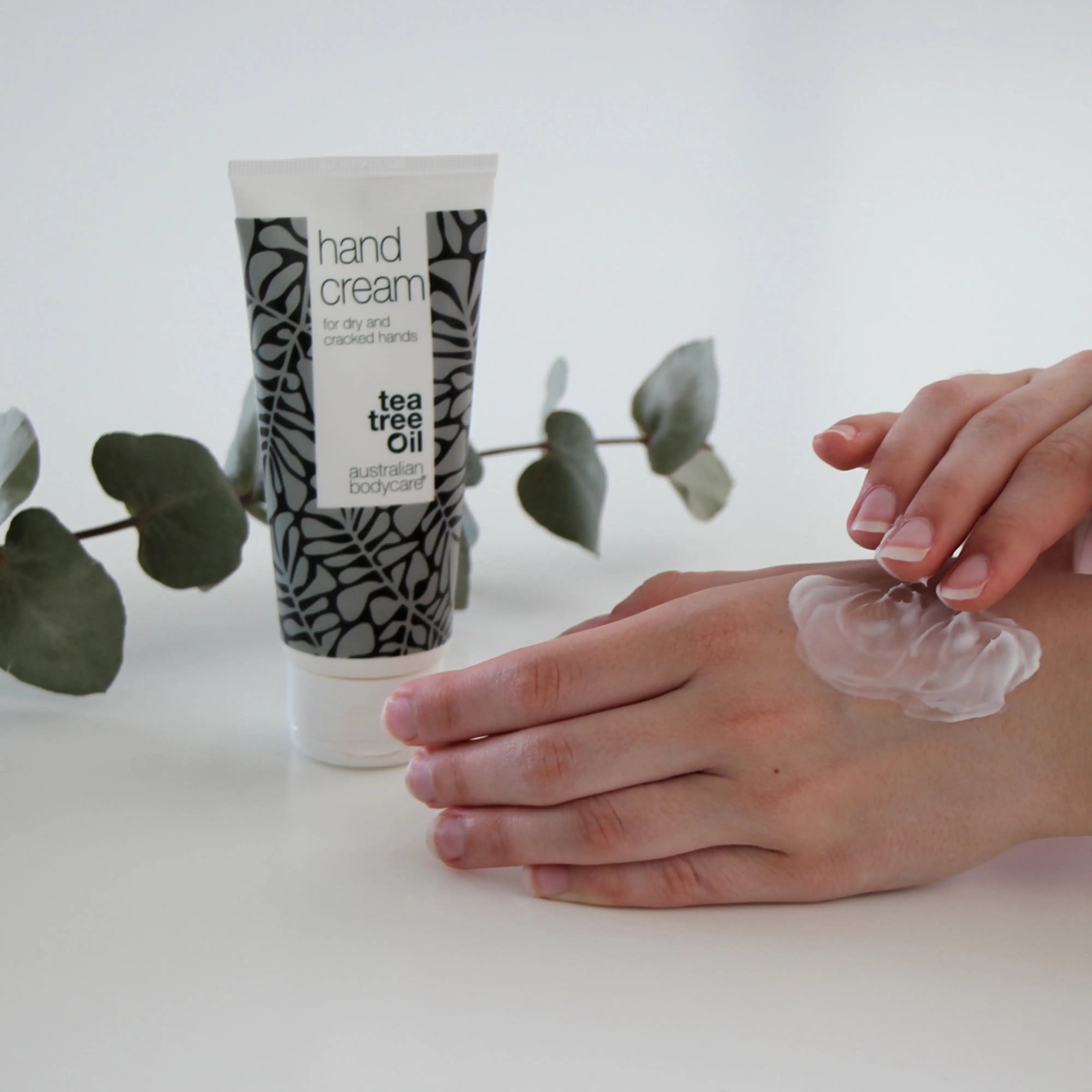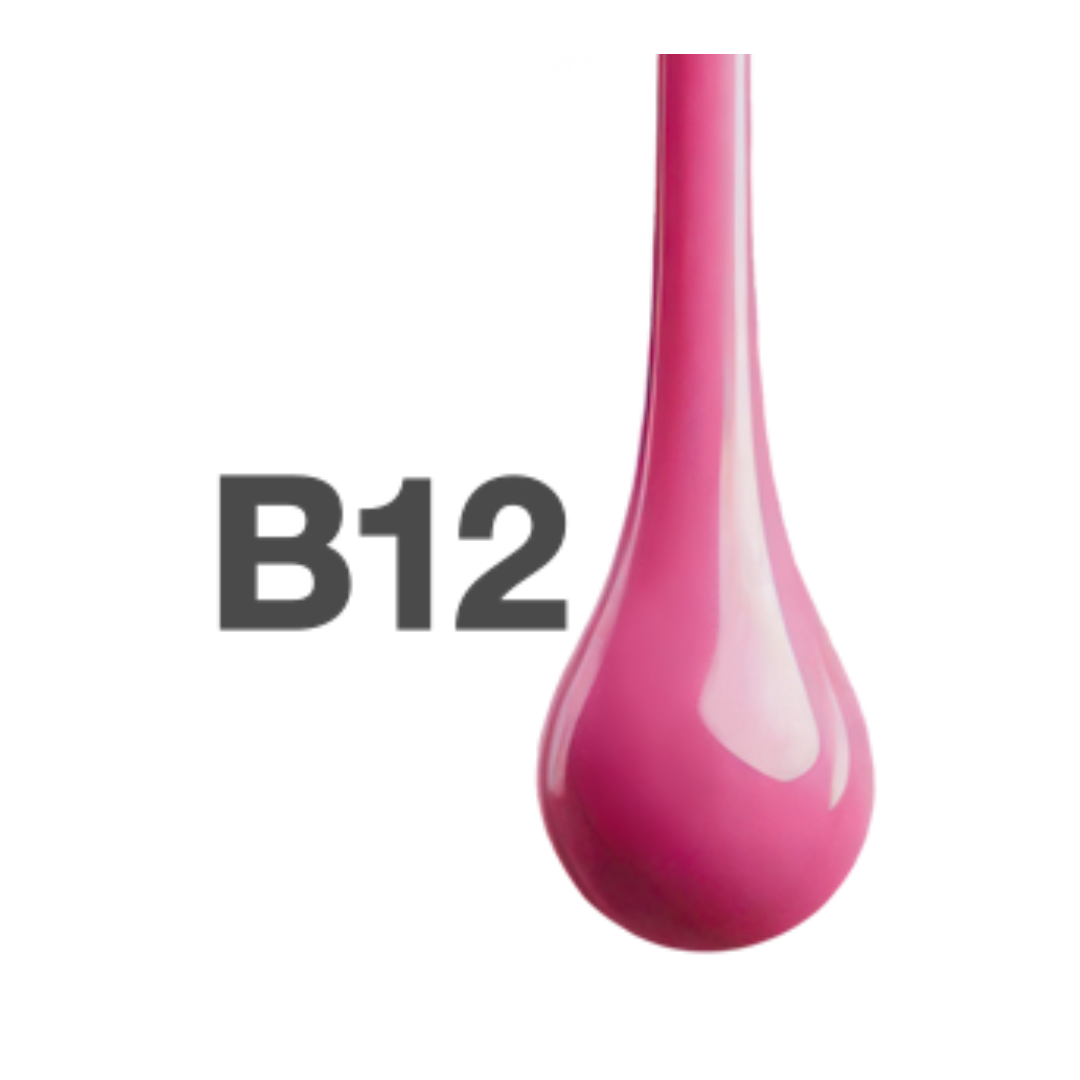Bed sores - how to prevent and care for pressure ulcers
Table of contents
What are bed sores?
Bed sores are also known as pressure ulcers. In addition, pressure ulcers are known by the Latin name decubitus.
A pressure ulcer is very painful, but in many cases the person does not feel it, as it usually affects people who are paralysed or unable to feel it due to strong painkillers. Thus, pressure ulcers typically affect people who are confined to a bed or wheelchair for a long period of time due to old age, illness or other debilitation. One third of all pressure ulcers are sitting ulcers, while two thirds are bedsores.
A pressure ulcer occurs when pressure is applied to an area of skin over a bony prominence over a long period of time. The pressure means that blood circulation to the area becomes poor. This causes subcutaneous fat and muscles to slowly 'die' and a wound forms on the skin. However, the wound is not the worst part. A pressure ulcer can be compared to an iceberg, where only a small part is visible. The damage to the tissues and bones under the skin is much worse than the wound on the surface of the skin.
The most important way to prevent pressure ulcers is, of course, to prevent them from happening in the first place. This is often possible if you are aware of the symptoms and the people at risk. Here you can read more about symptoms, causes, prevention and treatment, and you can get quick answers to some of the most frequently asked questions about pressure ulcers in an FAQ on the topic.
Familiar symptomes for bed sores
Even though we may think we're sitting or lying still for long periods of time, we still move around a bit all the time, unconsciously. And thank goodness for that. Because that's what prevents us from getting pressure ulcers. But people who are unable to move because of paralysis, unconsciousness or weakness are at high risk of developing pressure ulcers.
You might think that pressure ulcers are the result of sitting or lying still for weeks or months. But in fact, you don't have to lie or sit still for many hours before you can start to develop a bedsore or pressure ulcer. A 24-hour period can be enough for pressure ulcers to develop.
It is therefore essential that healthcare professionals are very aware of the risk of pressure ulcers when dealing with patients who are unable to move around on their own - either as bedridden or wheelchair users.
Where do bed sores occur?
Pressure ulcers typically occur on the buttocks and tailbone, on the shoulders, on the back of the arms and legs, above the sacrum, on the hips and at the ankles and heels. The areas depend very much on whether the patient is bedridden or in a wheelchair.
The first sign of a pressure ulcer is that the skin becomes red and moist. The skin may be slightly swollen and itchy and there is pain.
The four stages of bed sores:
1. The skin is irritated, moist and red on the surface, it may also be warm, swollen and itchy.
2. The skin has ruptured, leaving a superficial wound or small blister. The tissue around the wound may be discoloured in shades of red or purple, or the skin may have turned black.
3. The wound has become deep and extends well into the tissue, but not yet into the muscle.
4. The wound is deep and goes through the muscle. You can see or feel a bone at the bottom of the wound. An open wound with an exposed bone is dangerous because it provides easy access for bacteria to enter the bloodstream and possibly cause septicaemia. Muscles, bones, tendons and joints will be damaged.
Most pressure ulcers are very deep, even though they may not look that big on the surface. But beneath the surface, tissue and bone can be damaged.
Typical causes of bed sores
Pressure ulcers occur in people who are unable to reposition themselves in bed or in a wheelchair. These are weakened people who are heavily dependent on the help of others.
It doesn't always take much to cause a pressure ulcer. It can be a wheelchair that is not adjusted correctly, or a bed sheet or nightwear that forms a fold that presses in the wrong place.
Who is affected by bed sores?
We can all suffer from pressure ulcers if we lie or sit for a long time and are unable to reposition ourselves. This often happens to elderly or dying people who are very weak and therefore lie still without being able to move. It can also happen to people who may have suffered a fall or stroke and are suddenly forced to lie motionless in a hospital bed. Or it could be elderly and frail people in nursing homes who are unable to move around in bed or in a wheelchair and develop pressure ulcers. And even if they can move around a bit, they may forget to do so because, due to painkillers, they don't realise how much pain they are in and that a bedsore or pressure ulcer is developing.
It is not only older people who can suffer from pressure ulcers. After surgery, paralysis or unconsciousness, younger and otherwise healthy people can suddenly find themselves confined to a hospital bed or wheelchair, unable to move on their own.
In fact, around one in ten of all hospitalised patients will experience a pressure ulcer.
Who's especially at risk of developing bed sores?
Elderly, debilitated, paralysed and unconscious people are particularly at risk of developing pressure ulcers or bedsores. People with fragile skin and people with reduced blood circulation, such as diabetics, are also at increased risk of developing pressure ulcers.
People who are otherwise healthy are less likely to develop pressure ulcers and generally have an easier time recovering from a pressure ulcer. This is because general health, including good nutritional status, as well as fat and muscle density, influences the skin's resistance and ability to heal.
However, for everyone, the first few days after becoming immobile (bedridden or sedentary) are the most critical in terms of developing pressure ulcers. This could be after an operation, a fall, a stroke, or after becoming unconscious, for example.
Treatment of bed sores
Pressure ulcers are unfortunately very common in hospitals and nursing homes. There is a good chance of treating a bed sore or sitting ulcer, but this can be a long process if the ulcer has grown to a large size. The earlier a pressure ulcer is recognised and treated, the better, as it will only get worse if left untreated. And it goes downhill much faster than you realise.
The importance of acting fast
Once a pressure ulcer is detected, it is important to minimise the damage and prevent the ulcer from getting worse or developing more ulcers. This can be done, for example, by using a special pressure-relieving mattress for the bed or a pressure-relieving cushion for the wheelchair.
It is also important to keep your skin clean and dry, and to be physically active and move around whenever possible. Finally, a healthy diet rich in calories, protein, minerals and vitamins such as vitamin C and zinc has a beneficial effect on wound healing.
Difference between larger and smaller bed sores
Small and less serious wounds can heal quickly if the area is immediately depressurised. Larger and more serious wounds also need to be kept clean to remove pus and dead tissue. Special wound bandages and wound plasters are important tools for this. It is important to choose the right bandage and plaster for the stage of the pressure ulcer.
In some cases, a surgical procedure may be necessary to clean the wound and remove broken bone. Plastic surgery is then typically needed to graft skin to the wound area.
If infections develop in the wound, treatment with antibiotics will be necessary. There may also be other agents that can be used in the localised treatment of the wound.
Preventing bed sores
The most important way to prevent pressure ulcers is to prevent them from happening in the first place. Preventing pressure ulcers is therefore very important because they can be so serious. Once a pressure ulcer is present, the damage is irreversible. Dead tissue is not simply replaced by new tissue.
Therefore, it is first and foremost about making sure that the patient changes position frequently. And it's about paying close attention to the patient, so that critical areas of the skin are checked daily or several times a day.
Special pillows and madrasses
It is very important to relieve pressure on the area. A bedridden patient should therefore be turned at least every two hours if there is a suspected risk of pressure ulcers. In addition, a special pressure-relieving mattress, an air cushion mattress or a water mattress can be beneficial. A wheelchair user should also change position frequently, preferably several times per hour. A pressure-relieving cushion can help here.
It is also important to focus on small things that can make a big difference. For example, making sure there are no creases on the sheet or nightwear. It is also important to keep the skin dry, as sweat or urine can dissolve the skin and contribute to pressure ulcer formation. Finally, it is also important to keep the patient active, for example with physiotherapy.
A healthy diet rich in proteins, calories and a supplement of vitamin C and zinc can have both a preventive and a healing effect on the pressure ulcer.





